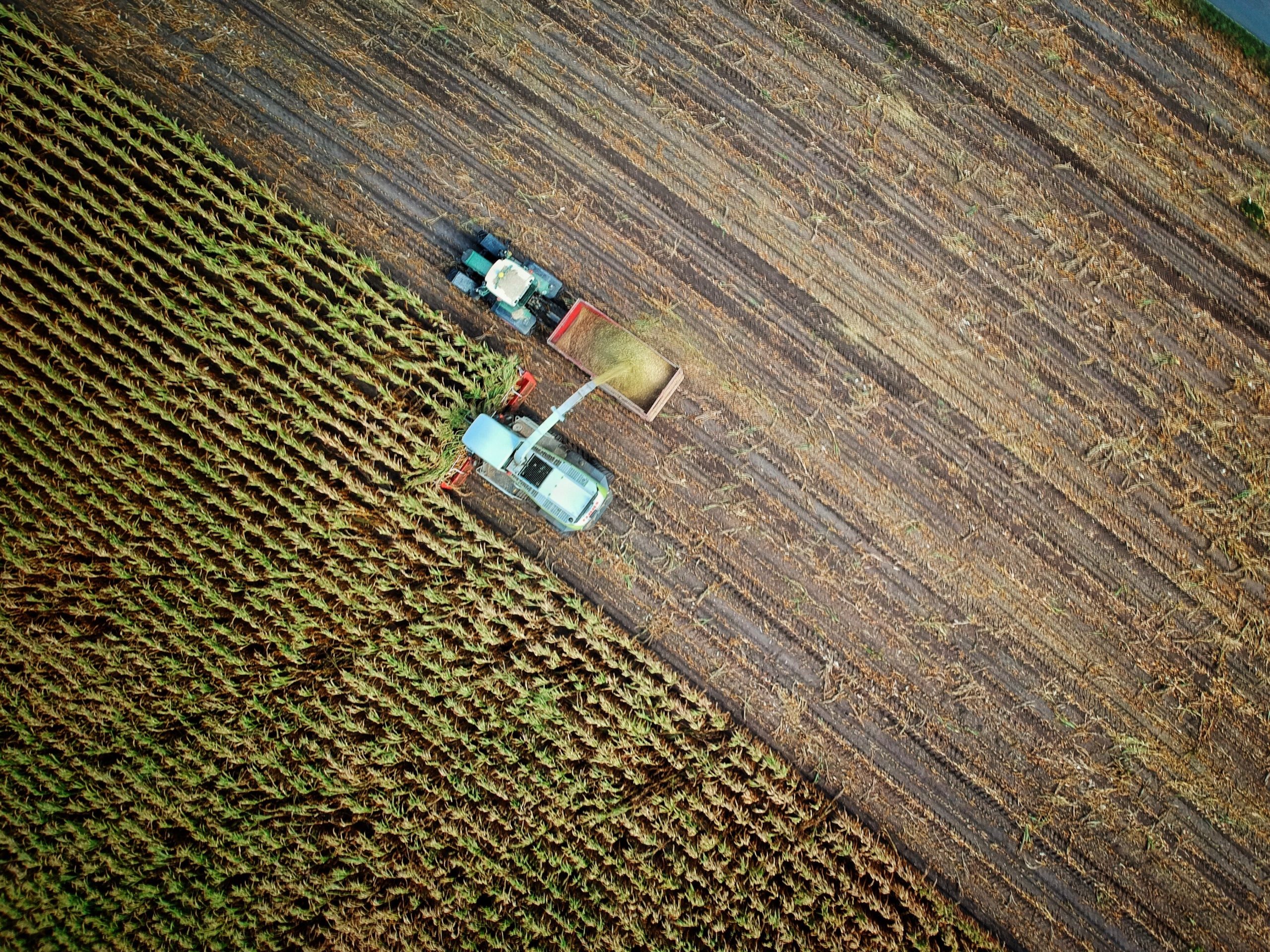Sustainable Impact on Food Systems
‘Sustainable consumption and production is about doing more and better with less.’
All the Sustainable Development Goals (SDGs) are aligned with this statement. We want to ensure we have the resources needed for future development without sacrificing our natural environment. SDG 12 focuses on the assurance of sustainable and responsible consumption and production practices, primarily in the agri-food sector.

The agri-food system or ‘food system’ refers to the consolation of activities involved in producing, processing, transporting and consuming food. Food systems play an impactful role in the health of our bodies and in the health of our environment, our economies, and our cultures. Therefore, when there is an issue in the value chain of food production, i.e. anywhere between the process of (1)Soil- (2)Breeding- (3)Growing- (4)Processing- (5)Logistics- (6)Retail/Foodservice- (7)Consumption, the resulting consequence could threaten our education, health, and economy. We saw this during the COVID-19 crisis as millions of people around the globe experienced vulnerable situations and food scarcity. Moreover, when our food systems fail, most of those already poor or marginalised are the most susceptible.
Fortunately, through awareness and progress toward the SDGs, researchers have outlined all the steps needed to ensure a well-functioning food system. The goal is to achieve net-zero emissions before 2050 and halt global temperature rise to 1.5 °C. To achieve this, there must be a change in how we produce our foods. Currently, the food sector accounts for around 30 per cent of the world’s total energy consumption and accounts for approximately 22 per cent of total Greenhouse Gas emissions.
Therefore, one of the main elements of our food systems is to address how the food industry can become more sustainable and energy smart. Energy-smart food systems use low carbon energy systems to provide greater access to support agricultural and fishing communities. The next element to transition to a more sustainable food system is the reduction of chemical pesticides. Pesticides, although helpful in increasing yield, will seep into the water and soil which can poison other organisms and lead to high levels of toxicity. The European Commission has launched its Farm to Fork strategy where the goal is to reduce the use of pesticides by 50% by 2030.
Transitioning to a sustainable food system will be challenging in the short term, but through innovation and research, there are efficient methods to lower the environmental impact. The Intergovernmental Panel on Climate Change (IPCC) just released their Mitigation for Climate Change report of 2022. In this report, they discussed that although we are not on track to limit warming to 1.5 °C in 2050, there is increasing evidence of climate action. Some zero emissions targets have been adopted by at least 826 cities and 103 regions. Even with this positive, there still needs an accelerated climate action. In regards to migration options in agriculture and farming, the IPCC recommends many courses of action ranging from reducing CH4 and N2O emissions and the promotion of ecosystem restoration, reforestation and afforestation. The common theme is that we need to act now. We know what needs to be done and we need to take action now if we want to make changes.
Resources:
UN Food Systems Summit: https://www.un.org/en/food-systems-summit/about
“Energy-Smart” Food for People Climate Issue Paper: https://pre-sustainability.com/articles/lca-for-agri-food/
Climate Change 2022: Mitigation of Climate Change video: https://www.youtube.com/watch?v=STFoSxqFQXU
Climate Change 2022: Mitigation of Climate Change: https://www.ipcc.ch/report/ar6/wg3/
